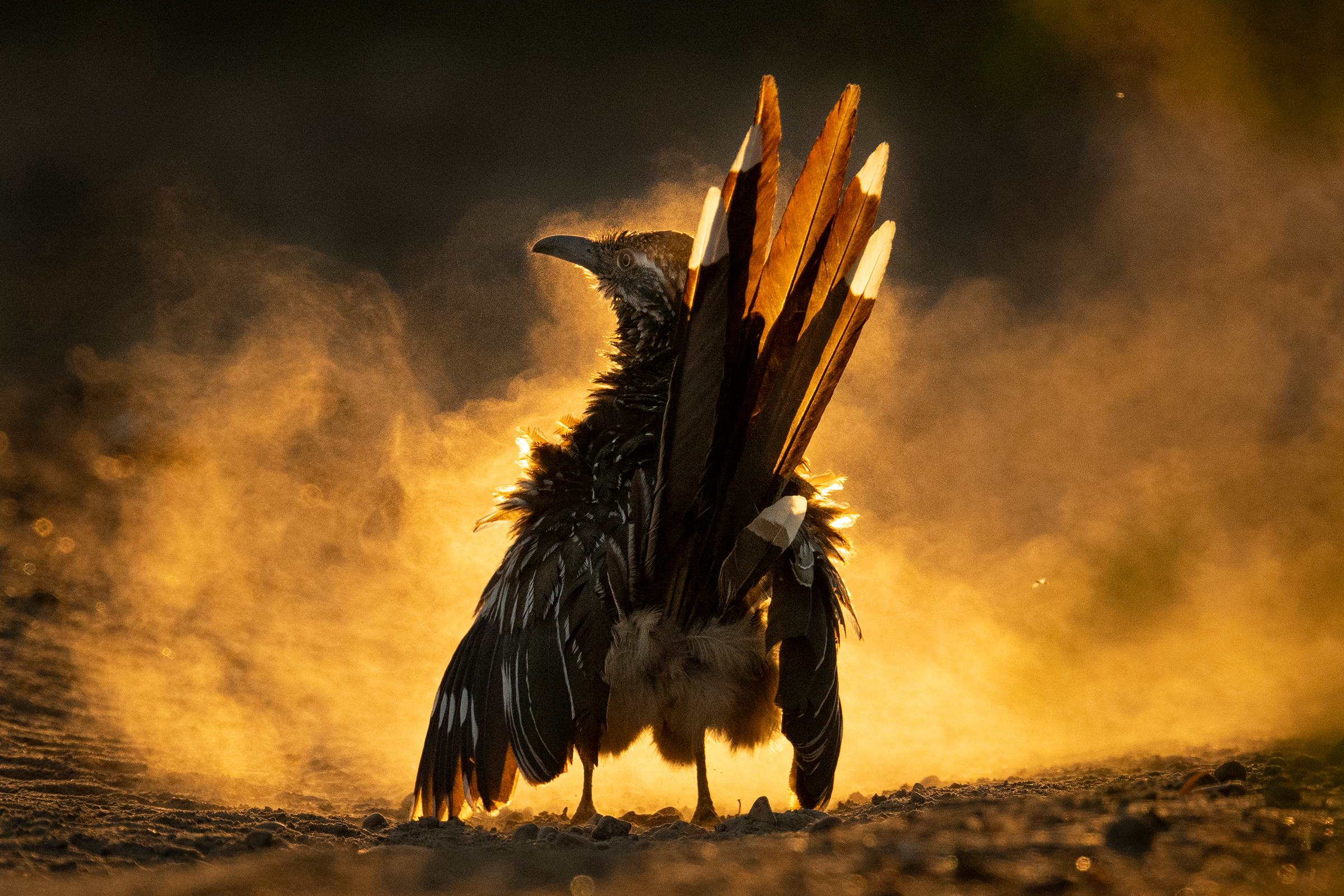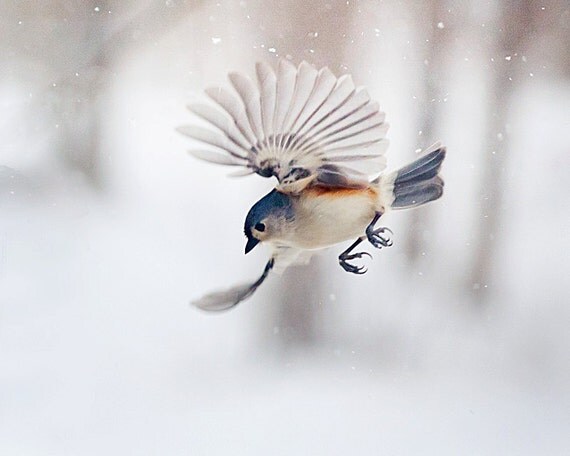
They also tend to loose track of your presence, and my best shots have come when these birds have emerged in front of my lens after taking a dip, making it a challenge for the auto focus to lock on in a split second before they notice and start to swim away. They catch fish and crayfish near the shore where they dive and re-surface at semi regular intervals. Always a treat to find and photograph and are a great introduction to waterfowl photography. Waves also stress even the best AF systems to the breaking point, and it makes it very likely that you will get very wet and in those cases protecting the lens becomes critical.

Wind can make a cool shot but introduces other challenges as you get very cold, and you need fast shutter speeds to freeze the frame. More often than not however, you get wind. Calm days are preferred, especially if you get a reflection on the water. Sitting still for 20-30 minutes preferably close to the ground and you merge into a component of the landscape and they slowly begin to approach again. When you get into your chosen position you will often scare the waterfowl away. Patience however is what wins the day and this is why you need to be bundled. So for me, I leave the leafy green camo at home. Lots of these people love to strike up a conversation and as a result scare all the birds away from the shore. Camouflage is great if you have it, but in my experience along the shoreline of lake Ontario, your camo will attract far more attention to you from other people. With silent mode comes the other tactic, you need to be quiet and still. I generally recommend a mirror-less camera for rocky shorelines for two reasons - you can use the flip screen on the back and silent mode.

#THE ART OF BIRD PHOTOGRAPHY TORRENT HOW TO#
It also creates opportunities for stunning photography, but you need to know where and how to find these birds - and be prepared to get cold, and get wet for the best photos.įirst thing to consider is water (duh), as well as positions where you can get low to the water - ideally a pebble beach (sand is a camera killer) but a rocky shoreline will work as well as long as you can get low. However the diversity of species creates a number of opportunities to observe how different birds cope with the harsh climate. Most people walk by these birds assuming they are only a duck. But overall, winter here is not as "cold" as other places, and before the lake begins to freeze there are unique opportunities to capture waterfowl. What makes Ontario winter so unique is that icy wind coming off of the lake during the winter will rip the warmth right from your body, particularly against a shoreline. With the cold weather come storms, snow and ice. It's amazing that there are a large number of waterfowl that congregate in Southern Ontario during the fall and winter.

this is what it takes for engaging waterfowl photographs during the winter time frame. If not by the waves then by the snow and ice melting under your prone body.


 0 kommentar(er)
0 kommentar(er)
